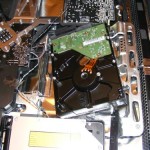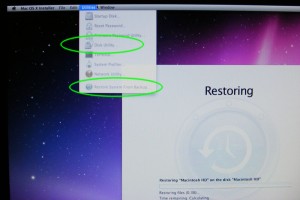![]() You might have heard about add-ons for the popular web browser Firefox that give it more capabilities. Well, the folks at Mozilla also make a great email client called Thunderbird (PC, Mac, Linux) that has add-ons too.
You might have heard about add-ons for the popular web browser Firefox that give it more capabilities. Well, the folks at Mozilla also make a great email client called Thunderbird (PC, Mac, Linux) that has add-ons too.
I found this out when I needed to send someone hundreds of emails. The Add-on ImportExportTools (which oddly is not part of Thurderbird’s list of Add-ons) was able to take all the emails I wanted and move them into an HTML indexed folder for easy browsing. This powerful add-on also helps in a myriad of cases when migrating or merging email archives, and it performs some import/export feats that are impossible with other email clients such as Outlook and Mac Mail.
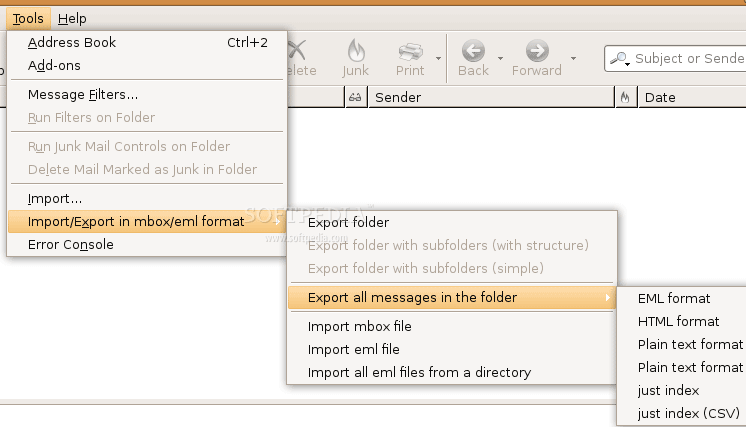

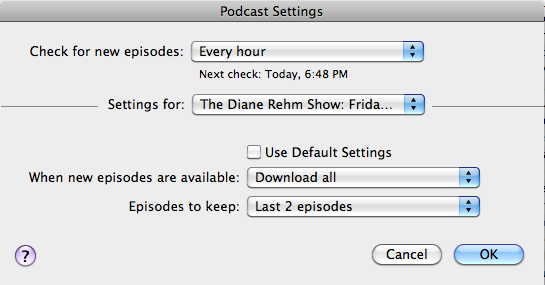
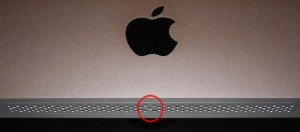
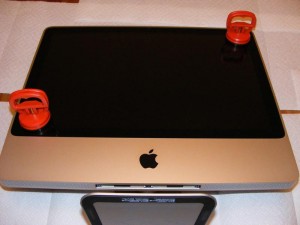

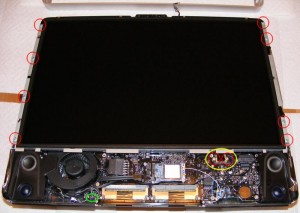
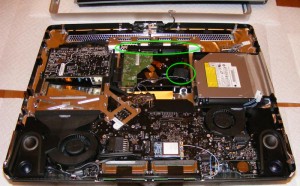
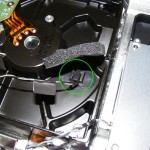
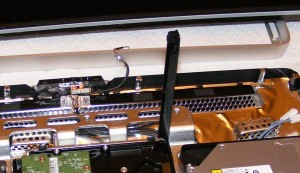 There is a black plastic bar holding the hard drive in place. Lift it up from left to right to unlock it. This can be very challenging since it is tight. The drive can then slide up and out and you can unhook the power and SATA cables.
There is a black plastic bar holding the hard drive in place. Lift it up from left to right to unlock it. This can be very challenging since it is tight. The drive can then slide up and out and you can unhook the power and SATA cables.